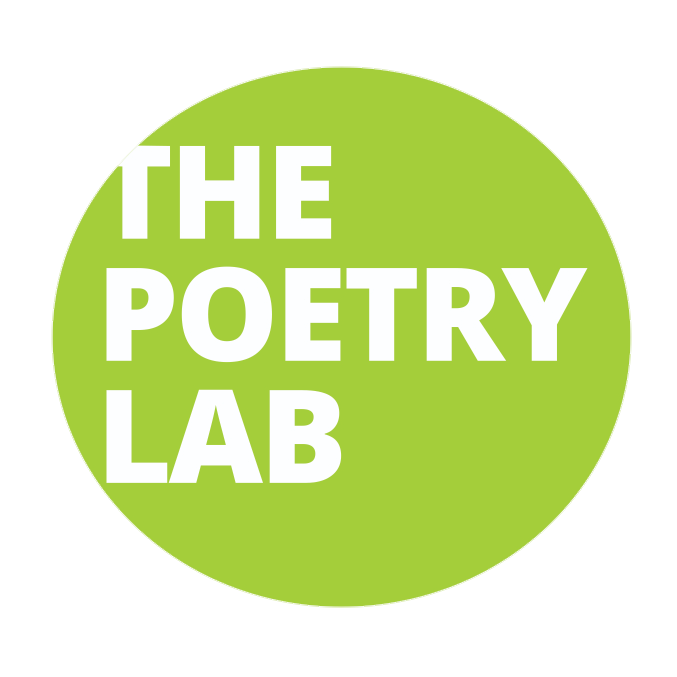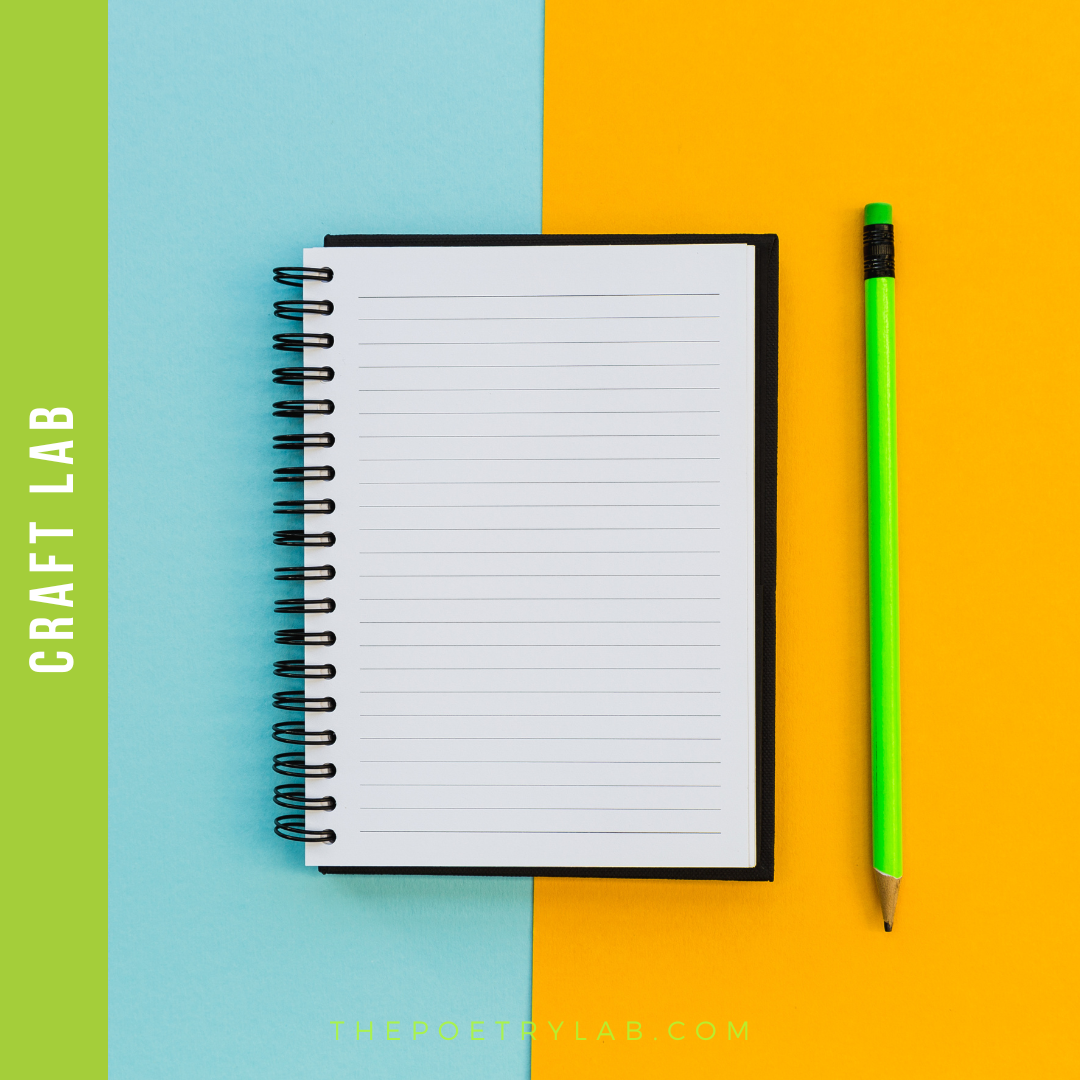How to Critically Analyze and Write About Poems
When I was younger, I loved analyzing stories and poems––I still do. I spent days and weeks in my room devouring stories like Sharon Creech’s Walk Two Moons, Anne of Green Gables, and the Dear America series. I read Harry Potter and romance novels I was much too young for. I spent nights during high school soaking up Shakespeare and John Donne’s Holy Sonnets, putting post-it notes all over the pages with questions to bombard my teachers with the next day.
During my MFA program, I often joked with the director that I liked to “Tony Stark” everything, meaning that the fun part of studying writing, for me, was breaking the pieces down, seeing how they worked, and putting them back together to offer my own spin. I mean, that’s what writers do, right? That’s what we’re taught to do: learn a form and then make it our own.
But I’ll tell you a secret. When I first started applying to MFA programs, I struggled with the application process, in part because I had forgotten how to write critical analyses. I had forgotten what it meant to “read like a writer,” to look at a piece of writing, not just as a pleasurable escape, but as an intentional means of communication that actively sought out and worked for the audience’s attention.
Forgetting—and Relearning—Poetic Analysis
I had forgotten what I was supposed to be attending to—the words and structures and elements that writers and poets care about—the components that determine whether a poem or story is timeless or just another book on the shelf.
I had forgotten how to write an essay—the structure and language associated with it—and had to re-teach myself.
But every type of writing has a form. Whether you’re looking to write a novel, an essay, a poem, a book review, or even a news article, once you familiarize yourself with that form and its characteristics, you can practice and master it. All I had to do to write good essays was re-familiarize myself with them. The best way to do this: study how someone else writes. Better yet, ask someone to walk you directly through their process and explain to you, in their own words, the motivations that influenced their choices and decisions.
My Process is Your Model
I want to walk you through my writing process, particularly that of writing critical poetry analysis, so that, when the time comes for you to write your own, it goes a bit easier. Whether you’re attending a community workshop, a residency, or obtaining a degree, critical analysis is a crucial part of long-term study, one that will help you consider poems, not just in the context of your individual experience, but in terms of the larger social impact.
In this column, I will answer two main questions:
How do I choose poems to write about?
How do I write about the poem(s) I have chosen?
As an example, I will offer my own essay discussing Lucille Clifton’s “if something should happen.” I will discuss the elements of her poem and how her background plays a role in her authorial choices, as well as how I determined my own argument and defended it. This column will offer you a method of how to engage deeply with a single poem.
Choosing Poems to Write About
The best poems for critical analysis are the ones that you, as a reader and writer, can talk about for an extended length of time. A typical essay is about two to four pages in length, so you need to make sure that whatever poem you choose offers enough discussion points for roughly 1200 words. (If you need a visual, just consider The Poetry Lab’s Resource Center articles, which are roughly the same word count.)
In Writing with Style, author John R. Trimble asserts that “good critical analysis takes a viewpoint and attempts to prove its validity. A good thesis should be arguable, he says, no matter your position. “It should be bold and one that even skeptics can approach with curiosity.”
In an essay, it’s important to construct a thesis that you can support. You want to be able to evaluate and explain your position, demonstrate points, and discuss any recurring themes or patterns that you notice.
Poems that help writers support their theses are those that work on multiple levels and engage with a variety of craft elements. The elements we often want to consider are:
the type of poem
the speaker and point of view
the content and context
the flow and arrangement
word choice
punctuation
Of course, we also want to consider the author’s identity, cultural background, and social position. In Craft in the Real World, Matthew Salesses writes, “Culture is what stands behind what makes many craft ‘moves’ work and for whom they work. Craft rules are always cultural and craft tells how we see the world. Craft is in support of a certain worldview.”
When writing critical analysis, it is important to ask yourself: What does the author want me to understand about their work and why? What messages are they trying to convey about themselves and their communities? Who are they writing about? Who are they writing for? How does audience consideration influence the content and style of the piece? How does my interpretation align with the author’s intention?
If we can argue that form follows content, then we can also argue that message follows identity.
“Critical analysis is all about questions. The questions we ask can trigger a memory, a thought process, a reflection, or even another question. ”
Writing About Poems
John R. Trimble already informed us that our thesis statement is our argument. It is our position. Basically, it is our interpretation of the poem.
We start any critical essay with our thesis statement and then use the rest of the essay to defend why we interpret the poem the way we do. To defend our position, we need support. Generally, support is source material. In the case of poetry, our source material is often the poem itself.
In my essay on Lucille Clifton’s “if something should happen,” my thesis was that Clifton invited readers to consider the outcomes and aftermath of a slave revolt. She did this by creating a visual simulation. How did I reach this conclusion? Let’s talk about the poetic elements that offered me support.
I’ve included a picture of the poem, with my annotations, for you to follow along.
📌 Word Choice and Rhythm
In poetry, word choice and rhythm are closely linked. In her poem, Clifton uses words like “cargo,” “waves,” “wash,” “break, and “crash.” Her lines “if the sea should break/and crash against the decks/and below decks break the cargo/against the sides of the sea,” alternate between harsh and deep (round) sounds. If you were to read these lines out loud, you may notice that the words themselves sound as if they are crashing together in your mouth. The sounds in “break” and “crash” also invoke a higher pitch, which alludes to a sense of urgency, madness, and disorientation. The words induce a feeling of coming together and pulling apart in quick succession (think of being in the ocean, riding waves, possibly during a storm), while the alternate consonant sounds in “sides,” and “sea” induce a feeling of seasickness and drowning.
The other important word that Clifton uses is the word “or” between stanzas. Not only does it indicate separation, but its proximity to the word “oar” allows us to presume that Clifton wanted her readers to imagine passengers rowing a boat. Additionally, the word “or” implies multiple choices—multiple things can happen. The poet is saying, “if something should happen.”There isn’t a single outcome, but the possibility of multiple ones.
📌 Arrangement and Punctuation
Lucille Clifton’s poem has no punctuation, at least until the very last line, where she ends on a question mark. She uses a subtle “hinge technique” (originally coined by Audre Lorde) wherein the sentences run together, which makes the reader feel as though they are running out of time. Combining that with the fact that the word “break” is repeated and placed directly in the middle of each line, one gets the sense that they are swimming against the current, being attacked by an onslaught of water, with no ability to catch their breath, no matter how hard they try. Clifton’s lack of punctuation makes the sense of flooding, and the desperation to escape, even more obvious. The author wants us to know that escaping is not easy. It takes muscle and hard work.
📌 Point of View and Cultural Background
The point of view in “if something should happen” is somewhat ambiguous, but I would argue that it lies somewhere in between a first-person narrator and an omniscient narrator. I say this because Lucille does two things with point of view in her poem. She “places the reader in close proximity to whom the experiences are happening,” and she “offers a historical perspective, a philosophical insight, and a geographical description.” (Sands Hall, Tools of the Writer’s Craft). Lucille engages with both philosophical and psychic distance because she is showing us what is happening in the scene of her poem while also engaging us in witty commentary about human nature through her use of craft elements.
Three possibilities are available in this poem: the ship sinks, the slaves revolt and break free of their chains, and the slaves around the globe rise, as one, to challenge White Supremacy. Clifton wonders what choice will these people make? What choice will have the most impact? At the same time, she is also giving us insight into the choice she thinks should be made.
As mentioned earlier, there’s no punctuation in this poem until that final question mark. Clifton asks “where will the captors run/and to what harbor?”—and even though the poem ends on a question mark, the syntactical end is clear. The words no longer feel cloistered. The metaphorical wave is no longer surging. It’s clear that Clifton’s speaker believes that, with proper actions taken, and strength in numbers, the scales of power can be shifted.
At once Clifton offers non-Black readers a chance to experience the horror of slavery, while also validating that horror for her own community. Her poem attempts, as best it can (and might I say does so very well) to immerse the non-Black readers in the horrors that her Black readers are experiencing so that perhaps we can understand. By immersing us in the emotional turmoil, perhaps she can get us to empathize. Additionally, she offers the readers in her own community the permission to rise and reclaim power. She tells them they do not have to fear who they are and can be the change they are seeking.
Final Thoughts
Critical analysis is all about questions. Poems that work best for it are those that employ a variety of craft elements to answer a variety of questions related to format, content, and social, historical, and political context. The questions we ask can trigger a memory, a thought process, a reflection, or even another question. They can influence our frame of reference and position.
When we engage with critical analysis, we must ask: How are the craft elements working individually and together to make a point? What is that point? What is the purpose? Eventually we want to ask ourselves: How does the poem encourage me to think differently about who I am and the world I inhabit? How does my world differ from someone else’s world?
This article was published on October 13, 2025. Written by:














